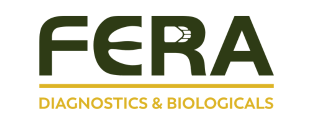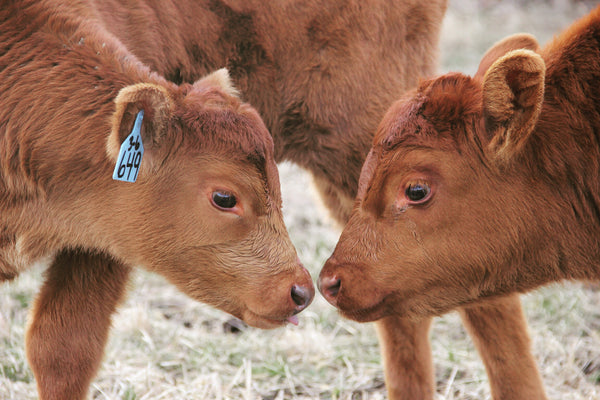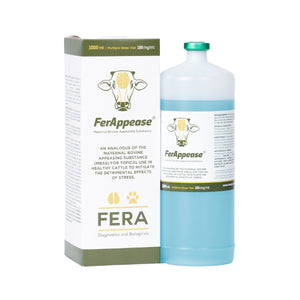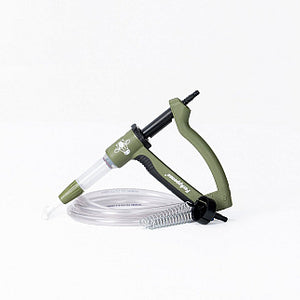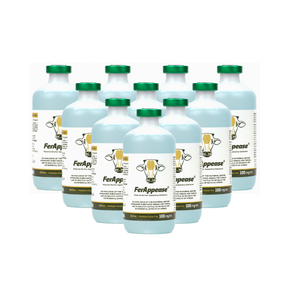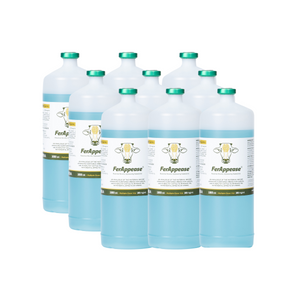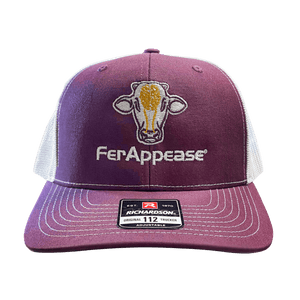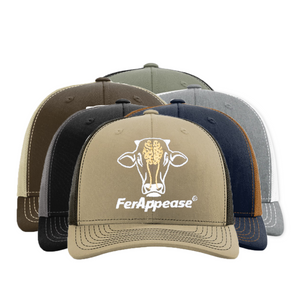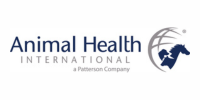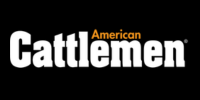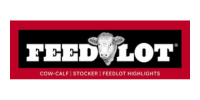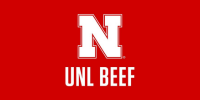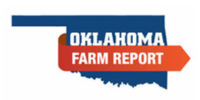Parturition
Breeding
Weaning
Dehorning
Castration
Branding
Commingling
Arrival
Processing
Reimplantation
Revaccination
Terminal Sorting
Transportation
Threat Perception
Without FerAppease
The amygdala responds quickly to potential threats in the environment and plays a key role in determining whether environments are perceived as safe or dangerous.
Threat perception leads to activation of the hypothalamic-pituitary-adrenal (HPA) axis leading to increased release of the glucocorticoid hormone cortisol from the adrenal glands and increased release of adrenaline.
Threat perception ultimately leads to:
- Elevated inflammation
- Immunosuppression
- Increased risk for BRD
- Decreased DMI
- Weight loss
- Energy inefficiency
- Increased morbidity
- Increased mortality
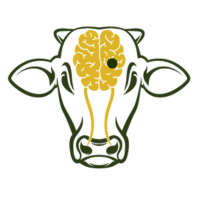
With FerAppease
Topically administered Maternal Bovine Appeasing Substance (mBAS) is locally assimilated by the vomeronasal organ located in the nasal cavity.
mBAS mediated stimulation of the vomeronasal gland desensitizes regions of the amygdala and the hypothalamus decreasing the perception of threat.
Reduced threat perception leads to:
- Reduced flight zones
- Lower levels of Cortisol
- Lower Substance-P levels
- Lower inflammation
- Lower morbidity
- Lower mortality
FerAppease in the Field
Cow-Calf Operations | Stockers/Backgrounders | Feedlots
Scientific Data
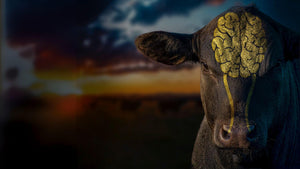
Over $90/hd ROI
Research published in Translational Animal Science showed FerAppease significantly increased weight gain by 0.17 lbs daily, added an average of 15.6 lbs to hot carcass weight, improved the marbling score to 508.1, and achieved 94.9% Choice or Prime grades.
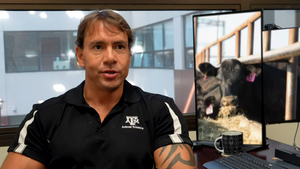
Weaned Beef Calves
"Across all the studies that we ran, we typically saw a 15-20% increase in average daily gain post-weaning in calves that received the analogue at the time of weaning."
Dr. Reinaldo Fernandes Cooke, PhD
Department of Animal Science
Texas A&M University
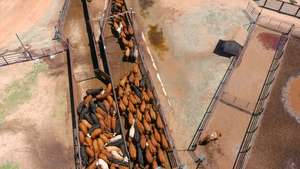
Feedlot
"If you apply FerAppease before the stress of transport [to the feedlot], your average daily gain jumps from 20% to 30%. "
Dr. Reinaldo Fernandes Cooke, PhD
Department of Animal Science
Texas A&M University
